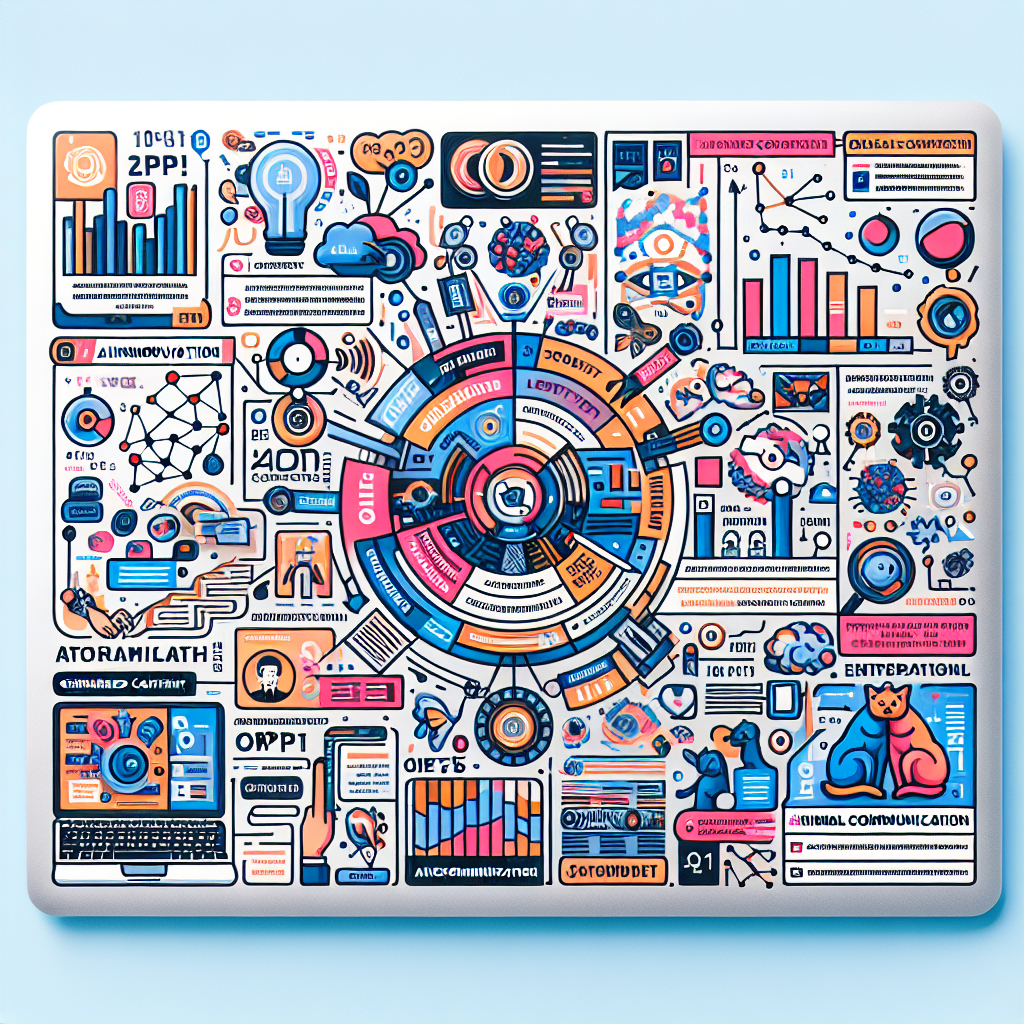“GPT-5 Delays and AI’s Role in Decoding Animal Communication”

“`html
OpenAI’s GPT-5 Faces Delays: Challenges and Future Potential
OpenAI’s GPT-5, also code-named “Orion,” has been a hot topic in the AI space. But with its ambitious goals come significant challenges. In this article, we’ll dive into GPT-5’s delays, the advancements it promises, and how OpenAI is tackling hurdles such as sky-high costs and data challenges.
Understanding the Delays
- Massive Costs: Training runs of GPT-5 have already cost OpenAI hundreds of millions, making it one of the most expensive AI projects to date.
- Technical Challenges: From system inefficiencies to achieving high-quality simulations, technical bottlenecks have slowed progress significantly.
- Data Shortages: A scarcity of highly precise datasets for GPT-5 training has posed a problem, prompting OpenAI to generate synthetic datasets using AI tools.
- Competition & Internal Dynamics: Pressure from rivals like Anthropic and Google, and internal leadership dynamics, exacerbates the already complex roadmap for delivering GPT-5 on time.
Why GPT-5 Still Holds Promise
Despite these challenges, GPT-5 is seen as a game-changer for AI capabilities:
- Advanced AI Reasoning: Instead of relying solely on massive datasets, GPT-5 focuses on reasoning ability, simulating human-like problem-solving techniques.
- Custom Datasets: By generating expert-driven synthetic datasets, OpenAI aims to overcome data limitations and improve performance.
- Strategic Innovations: A smarter, reasoning-capable model places GPT-5 at the frontier of AI creativity and usage.
The Road Ahead
While delays are concerning for some stakeholders, OpenAI views the additional time as a chance to refine GPT-5’s unique capabilities. Its advancements in reasoning could redefine the metrics of AI efficiency and broaden real-world applications.
Can AI Crack the Code of Animal Communication?
The dream of humans conversing with animals might not be as far-fetched as it seems. AI research, driven by tools such as neural networks and large language models (LLMs), could enable us to break linguistic and species barriers.
How AI Translates Animal Speech
- Data Collection Tools: Affordable devices like AudioMoth enable 24/7 recording of animal sounds. This has created massive datasets for detailed analysis.
- AI Algorithms: Neural networks cluster sounds based on patterns, potentially unraveling structures akin to human language.
- Groundbreaking Prizes: Prizes like the $500,000 Coller-Dolittle Prize stimulate researchers to decode animal communication further.
Challenges and Skepticism
- Translation vs. Decoding: While some aim to directly translate animal communication, others propose deciphering patterns unique to the species, as not all creatures may possess “language” as humans define it.
- Threshold for Success: Skeptics argue that understanding animal communication entirely may require breakthroughs far beyond current technological capabilities.
The Future of Animal AI
By 2025, advancements in neural network tools and larger, more detailed datasets may bridge gaps, enhancing our understanding of how creatures communicate in unique eco-social contexts. However, questions of linguistics’ universality keep expectations grounded.
“`